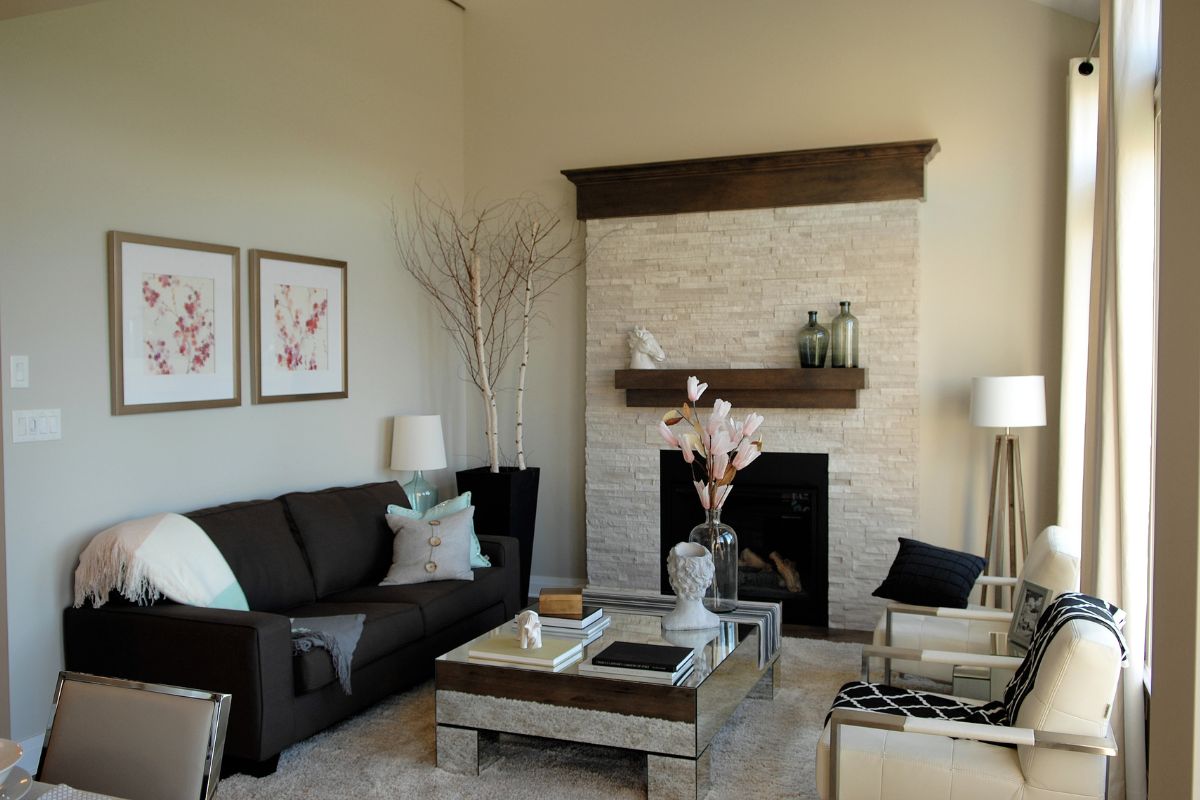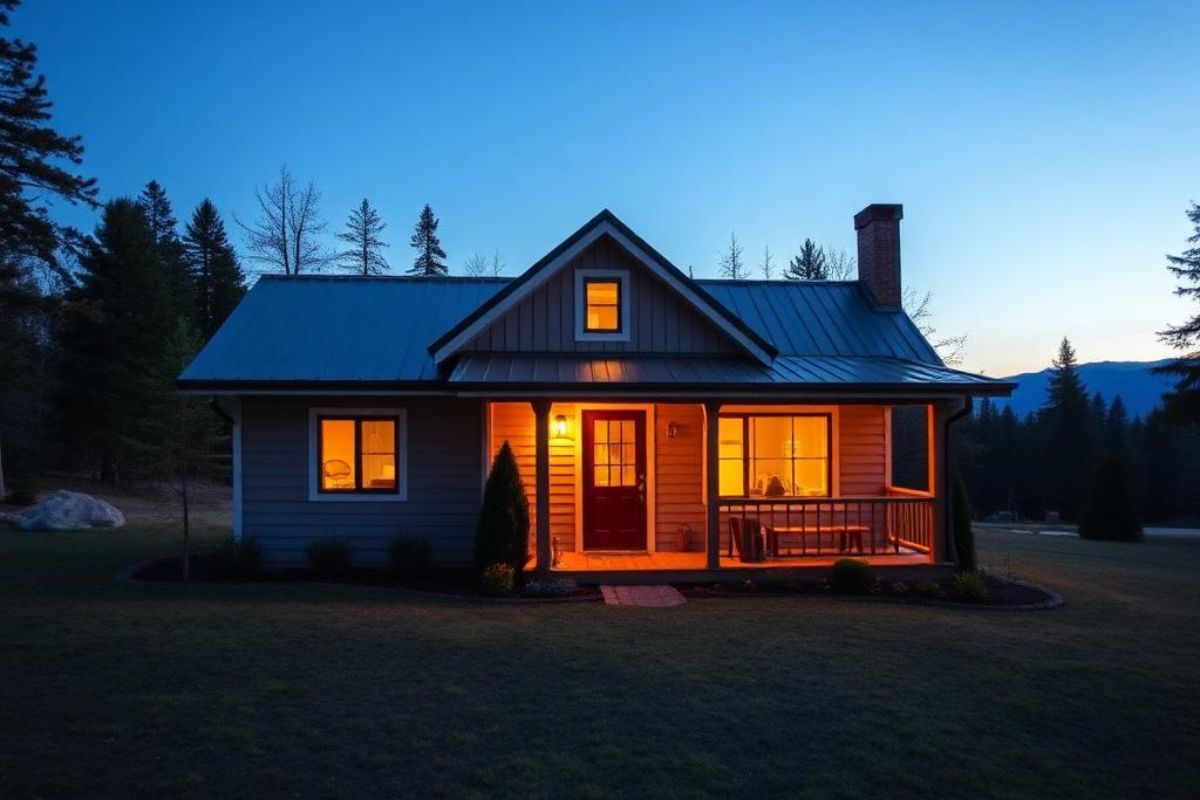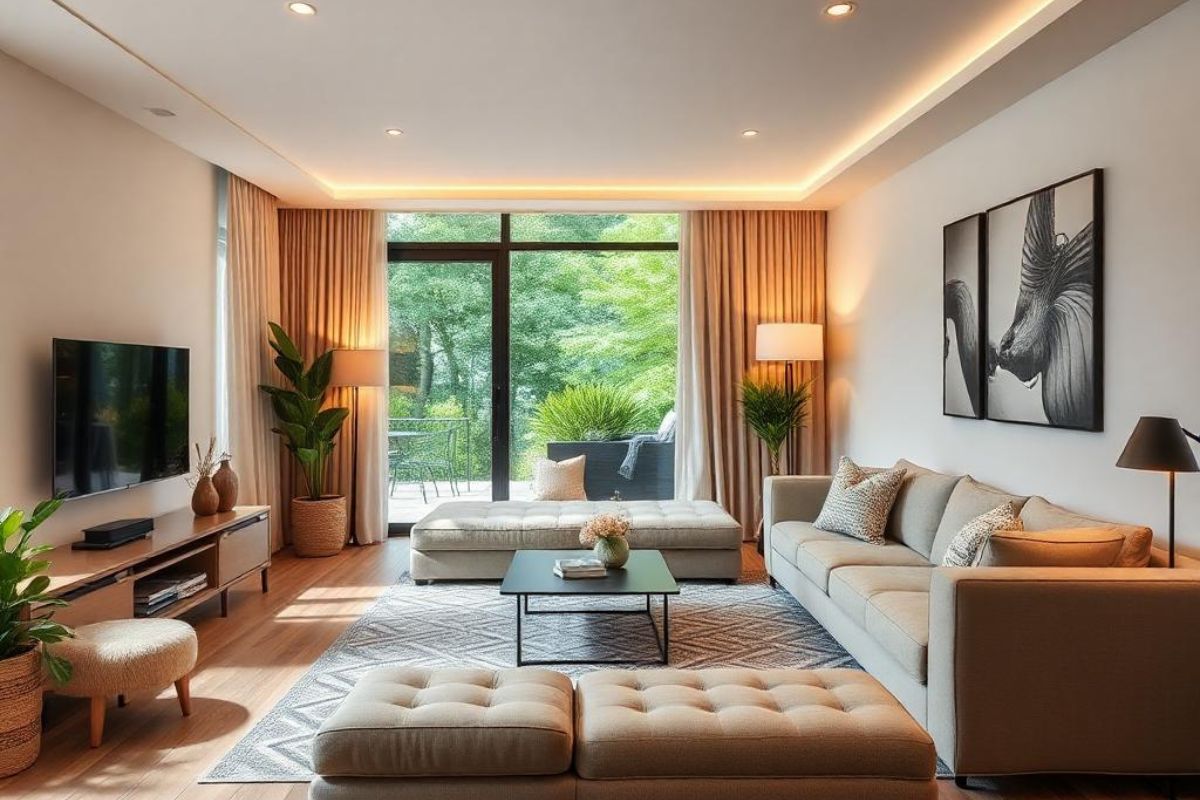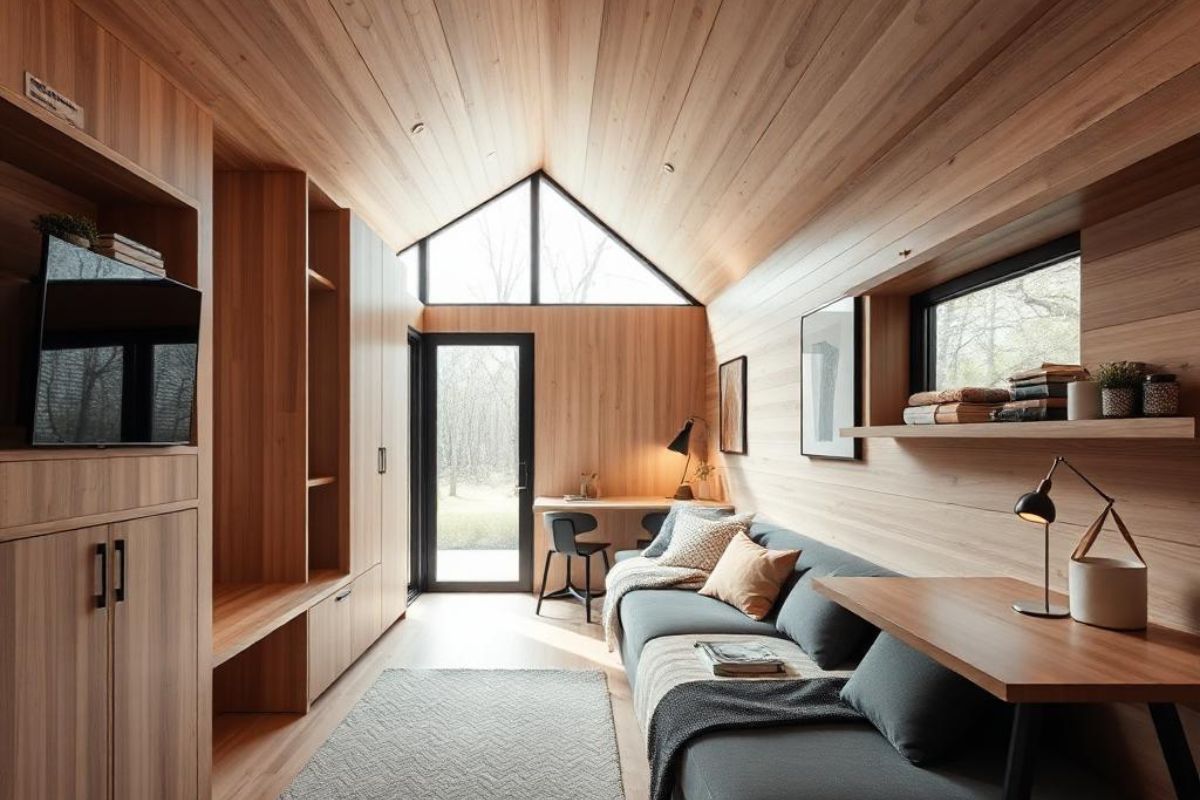1. Start with a Clean Slate
Before you dive into decorating, it’s crucial to start with a clean, empty surface. Remove any clutter or unnecessary items from the table so you can visualize its potential. Whether you have a small round coffee table or a large rectangular one with storage, beginning with a blank canvas sets the stage for creating a well-styled and balanced display.
Clearing the table also gives you an opportunity to assess its condition. Is it clean, polished, and free from scratches? A well-maintained coffee table is a better base for your décor. If necessary, take the time to wipe down the surface or apply a wood or glass cleaner to ensure it shines.
2. Use the Rule of Three
When arranging items on your coffee table, grouping objects in threes is a popular design principle. This rule creates balance and visual interest without overwhelming the space. Odd numbers naturally catch the eye, and arranging items in this way allows for a dynamic, well-composed display.

For example, you could place a decorative tray, a vase with fresh flowers, and a stack of your favorite books to create a harmonious look. Mixing different heights and textures within these three items adds depth and character to your setup. Try incorporating objects with contrasting materials, such as combining a smooth glass vase with a textured ceramic candleholder or a rustic wooden bowl. The variety of shapes, sizes, and finishes will keep the arrangement from feeling flat or monotonous.
3. Incorporate Functional Storage
A well-styled coffee table isn’t just about aesthetics—it should be functional as well. One of the most practical tips is to incorporate functional storage options, especially if your coffee table has built-in compartments or drawers. These features allow you to keep everyday essentials, such as remotes, coasters, or magazines, neatly tucked away while maintaining a clean and organized living space.
If your coffee table doesn’t come with storage options, you can use stylish baskets, boxes, or even decorative bowls to hold small items. This approach keeps your coffee table looking neat and orderly while still serving its purpose. Coffee tables with a lift-top function are especially handy for storing larger items or for doubling as a desk or dining surface in smaller spaces. Functional storage is key to ensuring that your coffee table serves both practical and decorative purposes.
4. Use Trays to Organize
A decorative tray is one of the most versatile and effective tools for organizing a coffee table. Not only does a tray create a defined space on the table’s surface, but it also adds an element of sophistication to your overall design. Trays are particularly helpful on smaller or round coffee tables where space is limited, as they prevent the surface from looking cluttered.
Use trays to group together smaller decorative objects, such as candles, plants, or coasters, creating a cohesive arrangement. You can also switch up the contents of your tray depending on the season, such as adding festive decorations during holidays or incorporating lighter, airier items in the summer. A tray makes it easy to change your coffee table display without starting from scratch every time.
When selecting a tray, consider materials and textures that complement your coffee table. For instance, a metal or mirrored tray can add a modern, polished feel, while a wooden or woven tray creates a more rustic or natural look.
5. Mix Shapes and Textures
A coffee table display that mixes different shapes and textures will always be more visually engaging. Combining round, square, and angular objects, or using a variety of materials like wood, glass, metal, and ceramics, adds depth and contrast to the space.
For example, place a round vase next to a stack of square or rectangular books, or a sleek metal sculpture next to a textured ceramic bowl. Mixing textures can also create an interplay between soft and hard materials—imagine pairing a delicate glass candleholder with a rough, natural stone object. The combination of shapes, sizes, and finishes creates an interesting and sophisticated coffee table display.
For a more dynamic look, vary the height of the objects on your table. Use taller items like candlesticks or vases to create vertical interest, while shorter items like books or decorative bowls can provide balance. This variation prevents your coffee table from feeling flat or one-dimensional.

6. Add Greenery
Plants and flowers are a great way to introduce life and color to your coffee table. Adding greenery can soften the overall look of the table and make your living room feel more inviting. A small potted plant or a fresh bouquet of flowers can bring a refreshing, organic element to your space.
If you’re worried about maintaining fresh flowers or plants, opt for low-maintenance options like succulents or ferns. These plants require minimal care but still provide the same aesthetic benefit. For a more seasonal look, consider rotating the type of plants or flowers you display throughout the year.
For those with a modern or minimalist living room design, a single, well-chosen plant or flower arrangement can serve as a focal point. Alternatively, you could mix in greenery with other natural elements, like stone or wood accents, to enhance the organic feel of your space.
7. Balance Decorative and Practical Items
While it’s important to style your coffee table with beautiful decorative objects, you should also balance them with practical items. Coffee tables are functional pieces of furniture, so don’t be afraid to include items you use daily, like a coffee table book, a set of coasters, or a tray for holding remotes.
The key is to choose practical items that also contribute to the overall look of the table. For example, select coasters that match your room’s color scheme or use a beautifully designed coffee table book as a decorative element. This balance between function and aesthetics will help you create a space that’s both stylish and livable.
8. Choose a Coffee Table That Suits Your Space
Your coffee table should reflect your personal style while also complementing the rest of your living room furniture. When selecting the right coffee table, consider factors like size, shape, and material to ensure it fits well with the rest of the room.
If your living room has a lot of angular furniture, a round coffee table can add softness and balance. On the other hand, if your room is filled with curved furniture, a rectangular or square coffee table may introduce a more structured element. Materials matter, too—glass and metal coffee tables often give a modern or industrial vibe, while wooden tables can feel more traditional or rustic.

9. Personalize Your Space
Adding personal touches to your coffee table display is key to making your space feel warm and inviting. Family photos, travel souvenirs, or a favorite piece of art can transform your coffee table into a reflection of your unique style and personality.
Don’t be afraid to mix personal items with more generic décor, like vases or trays. Personal touches give your coffee table a lived-in feel, while still allowing it to look polished and intentional.
10. Play with Color and Patterns
Incorporating a variety of colors and patterns can further enhance the look of your coffee table. This could be as simple as adding a colorful vase, or as intricate as layering patterned coasters or books on the table. Use the colors already present in your room’s design to guide your choices, ensuring that the coffee table ties in with the overall color palette.
If your living room is primarily neutral, a pop of color on the coffee table can liven things up without overwhelming the space. For a bolder look, mix patterns like stripes, florals, or geometrics, ensuring that they coordinate rather than compete.






Share: